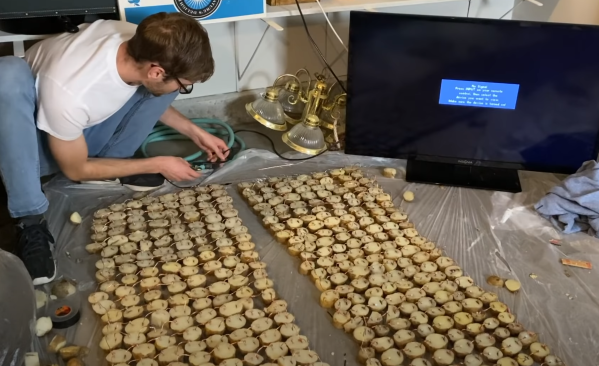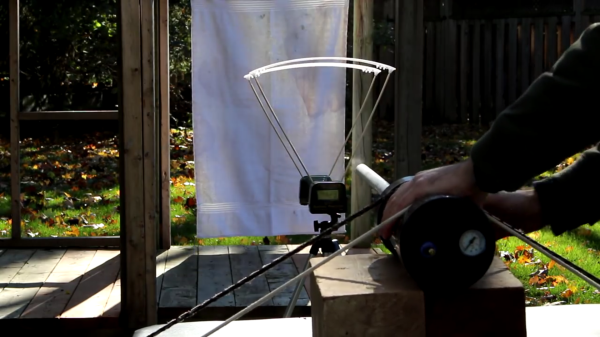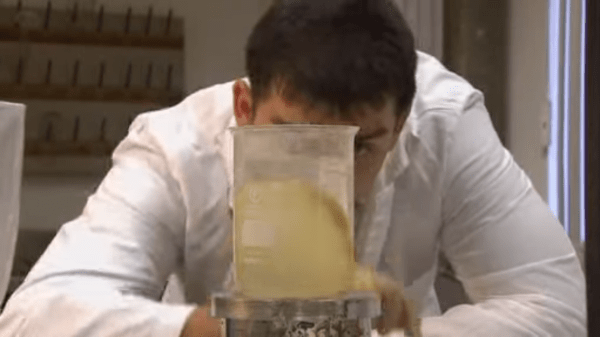Family Solanum (nightshade) is generally associated with toxins, and for good reasons, as most of the plants in this family are poisonous. This includes some of everyone’s favorite staple vegetables: potatoes, tomatoes and eggplant, with especially potatoes responsible for many poisonings each year. In the case of harvested potatoes, the chemical responsible (steroidal glycoalkaloids, or SGA) is produced when the potato begins to sprout. Now a team of researchers at the University of California have found a way to silence the production of the responsible protein: GAME15.
The research was published in Science, following earlier research by the Max Planck Institute. The researchers deleted the gene responsible for GAME15 in Solanum nigrum (black nightshade) to confirm that the thus modified plants produced no SGA. In the case of black nightshade there is not a real need to modify them as – like with tomatoes – the very tasty black berries they produce are free of SGA, and you should not eat the SGA-filled and very bitter green berries anyway, but it makes for a good test subject.
Ultimately the main benefits of this research appear to be in enriching our general understanding of these self-toxicity mechanisms of plants, and in making safer potatoes that can be stored without worries about them suddenly becoming toxic to eat.
Top image: Different potato varieties. (Credit: Scott Bauer, USDA ARS)

















